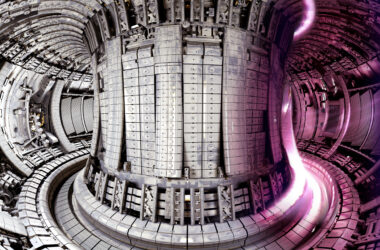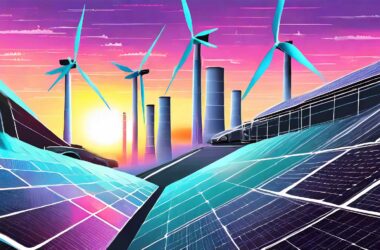“Orca” has come online in Iceland that can suck carbon dioxide from the air using tech which acts as an accelerated version of natural geological processes.

The plant, at the foot of an Icelandic volcano, sucks carbon dioxide from the air and turns it into stone in an effort to combat global warming.
Orca, based on the Icelandic word for “energy,” does its cutting-edge work at the Hellisheidi geothermal power plant in southwest Iceland. It is the world’s largest plant using an innovative technology called direct air capture (DAC) that is becoming increasingly popular as people try to stop global warming.
DAC is the least developed of the carbon removal technologies promoted as a way to compensate for the slow switch away from fossil fuels.

Climeworks, a Swiss start-up that has just built a plant in Iceland in partnership with Icelandic companies.
The system uses a method that mimics the natural process that takes many years. It works by pulling CO2 from ambient air, unlike other carbon capture and storage (CCS) projects which are used only at highly-polluting industrial smokestacks. Fans in the front of the collector take in polluted air and release it, cleaned of CO2.
Once the gas is purified, it is piped underground and dissolved in water, it is then injected under high pressure into the earth, 800m-2000m underground.
The solution fills the rock’s cracks. The gas turns to white crystals when it comes in contact with calcium, magnesium and iron in the basalt.
It takes up to two years for the CO2 to turn into white crystals.
This $15 million plant can suck up 4,000 tons of CO2 per year. The problem is that this is only a tiny amount by global standards. We need to eliminate several billion tons per year by 2050. However, if the plant proves the technology works it promises to be anoter useful tool in the climate crisis.







